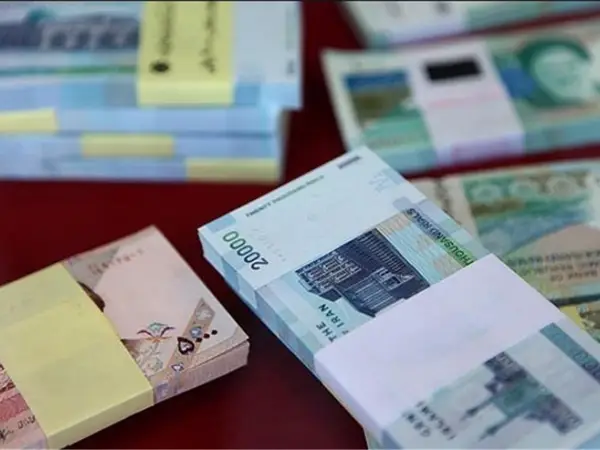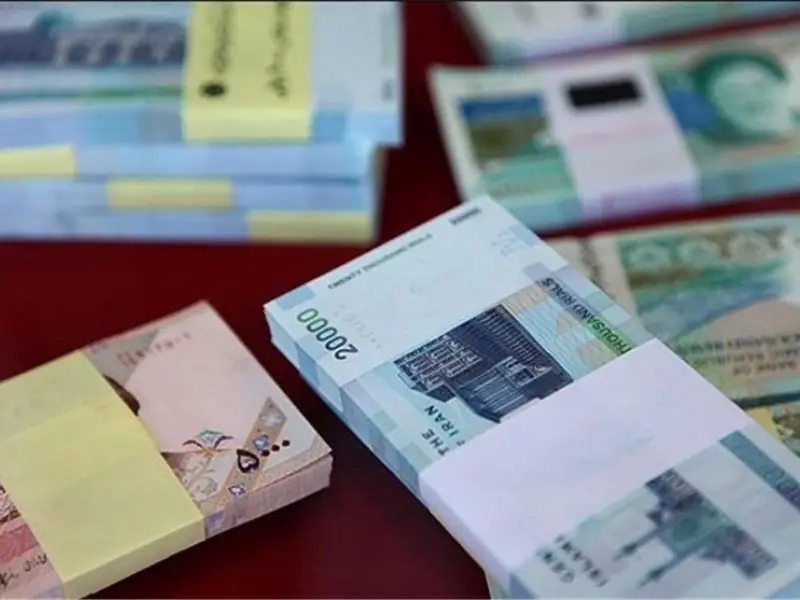Iran's rial fell sharply on Monday and Tuesday, reacting immediately to a suspected Israeli air strike in Syria that killed senior Revolutionary Guard generals.
The rial fell to almost 630,000 against the US dollar, a historic low by midday Tuesday, less than 24 hours after the news broke of an airstrike on the Iranian consulate in Damascus, the capital of Syria, on Monday. Before the attack the rial was trading at 612,000 against the dollar.
The euro reached 674,000 and the British pound 788,000 rials on Tuesday, leading to a stark outlook for inflation in Iran in the coming months.
The Damascus attack, which Israel has not acknowledged, was the most serious blow to Iran's regional ambitions since the killing of IRGC's Qasem Soleimani by a US drone strike in Baghdad in January 2020. The generals killed in the attack were all involved in leading Tehran's proxy forces in Lebanon and Syria, coordinating attacks against Israel and US military bases in the region.
Iran immediately accused Israel and vowed revenge, increasing the chances for an escalation of the fighting and simmering tensions in the region, in the wake of Hamas's invasion of Israel on October 7.
Iran's rial has fallen more than 20 percent since January, exceeding a 15-fold depreciation since 2018 when the United States withdrew from the JCPOA nuclear deal and imposed oil export and banking sanctions on Iran.
This has led to five consecutive years of high inflation, between 40 and 50 percent annually, impoverishing tens of millions of Iranians. Food prices have soared by triple digits and housing has become unaffordable for many working class people.

